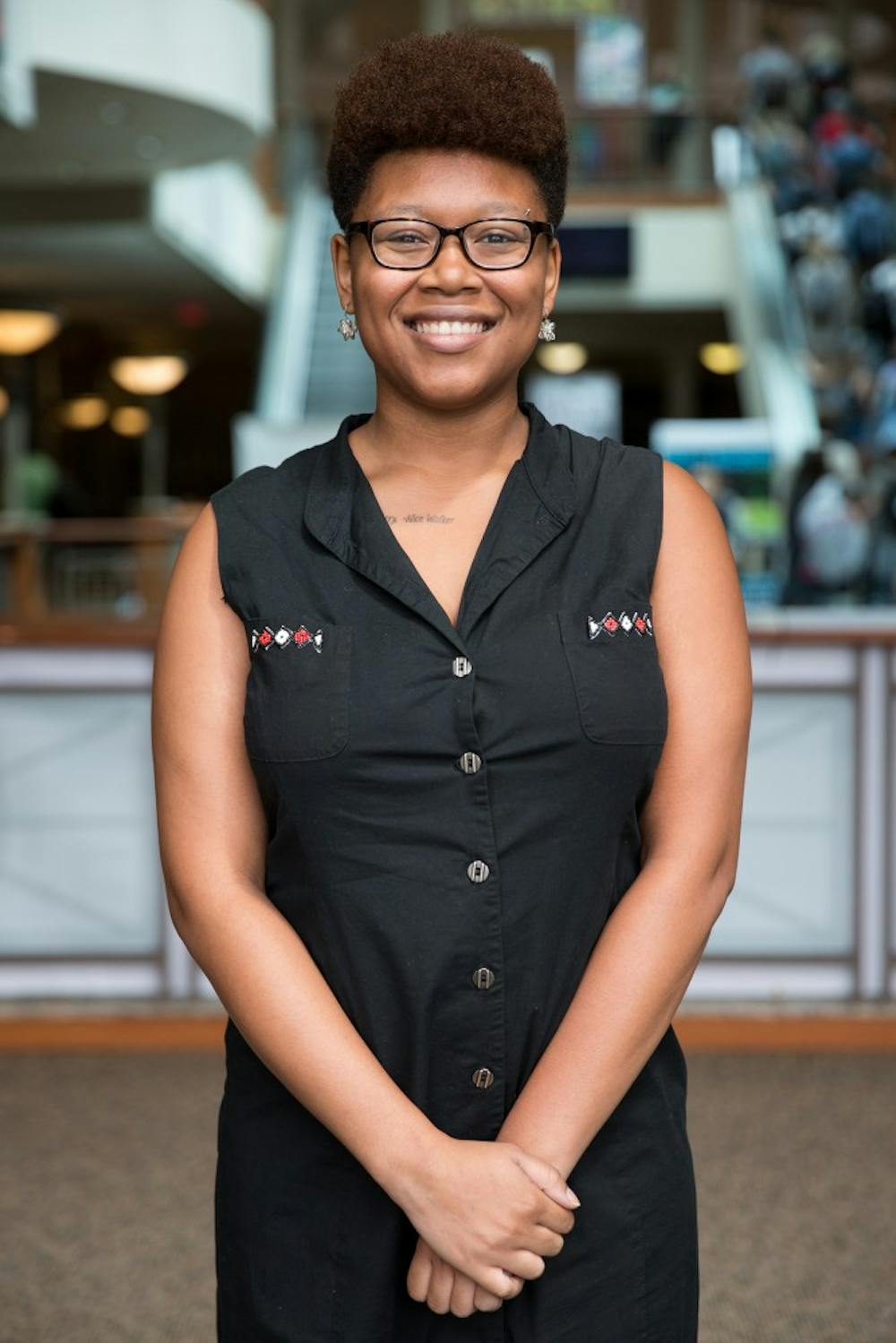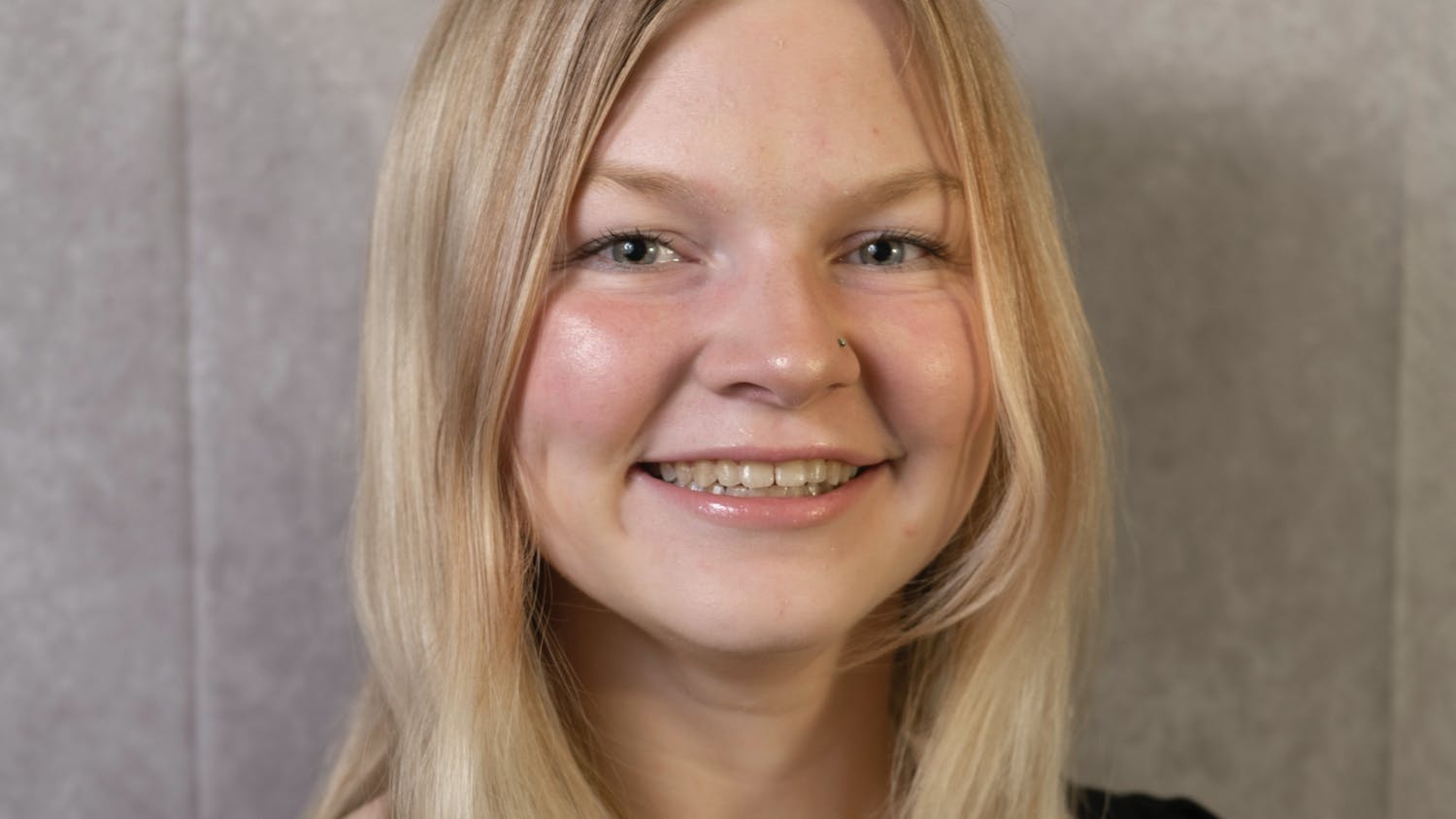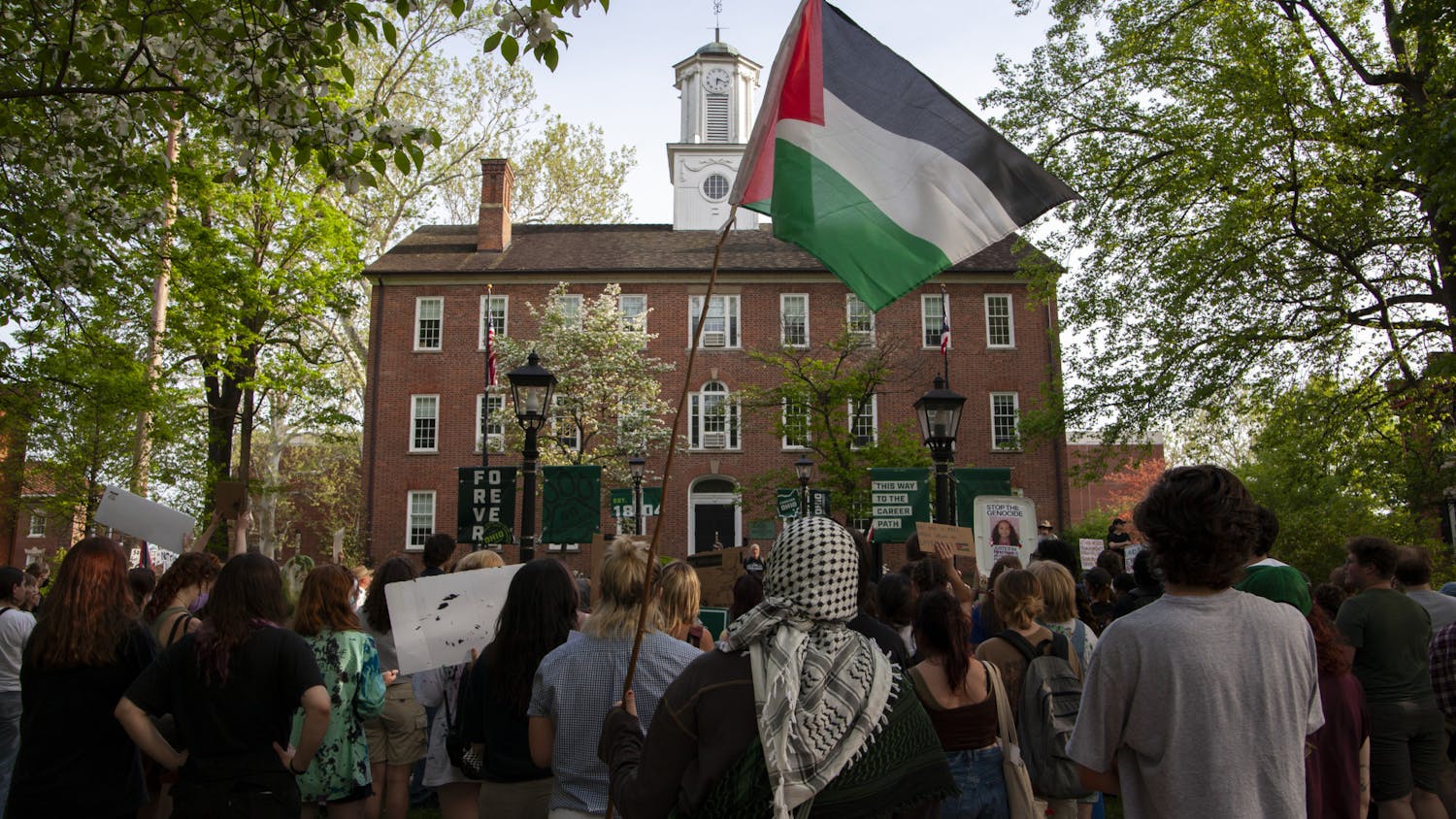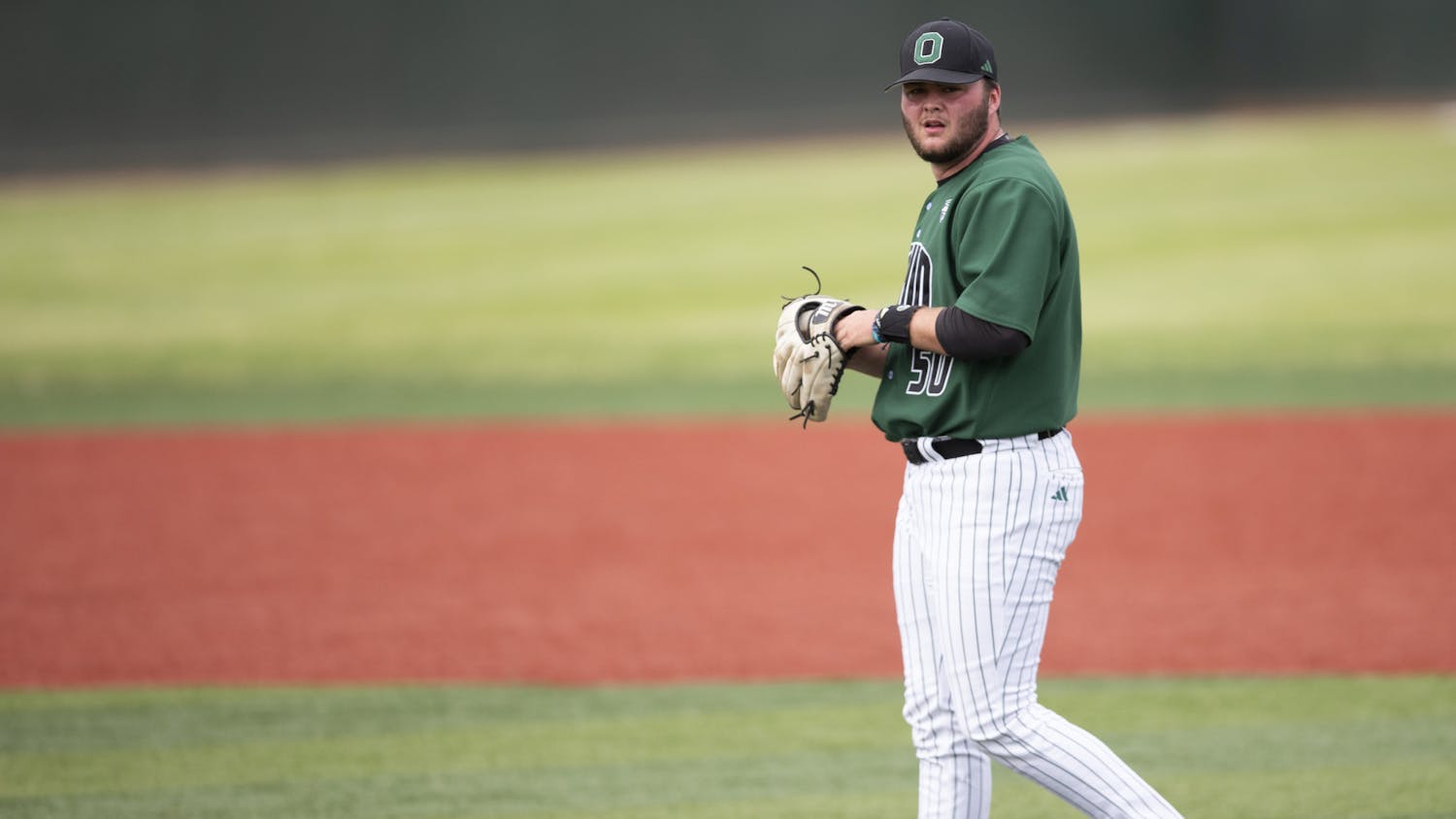The first ever issue of Vogue Arabia features a flawless image of Gigi Hadid draped in a dazzling bejeweled head veil comes at a time when worldwide opinions about Islam are more sensitive than they’ve been in years.
If you’ve kept abreast of the trends and topics of discussion in the fashion sphere, you’ve heard the buzz and praise being cautiously aimed at hijabs in recent months. The hijab, a head wrap worn by some
Hadid is certainly not new to the industry, but she’s not new to Islam either. The American model is half Palestinian and was raised in a Muslim home. She does not identify herself as a Muslim, which has led some to criticize her, especially Vogue for appropriating an important part of Islam. Both Hadid and the editor of Vogue Arabia agree the model’s appearance on the cover is simply one way of celebrating “different cultures” (specifically Islamic cultures) while simultaneously selling the celebrity of an American fashion idol. Regardless of these relatively pure intentions, the fact remains that a woman in a headscarf and a Muslim woman in a hijab are not one and the same, the hijab is more than just decorative cultural apparel.
The motives behind a
Suffice it to say, Western fashion is still new to the concept of hijab. Nevertheless, as Islam becomes a more popular religion, Muslims all over the world are making their lives more visible, and major labels are starting to see the need for what some call “modest fashion” lines.
Personally, I can’t say I fully understand the significance of hijab, and I’ve never had to face the discrimination Muslim women face in today’s world. Whether they are being told they have no rights or being scolded for not fighting hard enough for equality, Muslim women have to put up with waves of
“It’s rather interesting how concerned Islamophobes are about the rights of Muslim women in the Middle East, while simultaneously violating the rights of Muslim women in the West by trying to politicize, legislate, and ban our bodies, headscarves, religion, and sometimes even us,” she writes. It’s not hard to understand the frustration many Muslim women feel at seeing models like Hadid praised for wearing a headscarf as an accessory when everyday
What a woman chooses to wear should have no bearing whatsoever on the agency she has over her own body. Whether she struts in a full burka or a set of pasties and daisy dukes, every woman should have the right to dress her own body and should be treated as a whole person — capable of anything, deserving of respect. Yet, most of the world still places Muslim women in a box all based on a headwrap. To quote
Kayla Beard is a senior studying journalism with a focus in web design at Ohio University. Please note that the views and opinions of the columnists do not reflect those of The Post. Are you excited about the coming of the hijab in fashion? Let Kayla know by tweeting her @QKayK.






